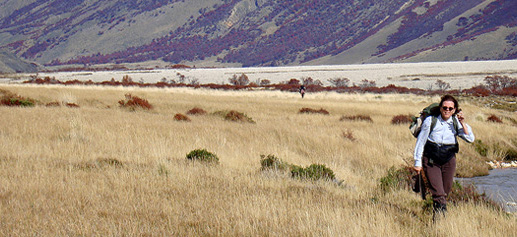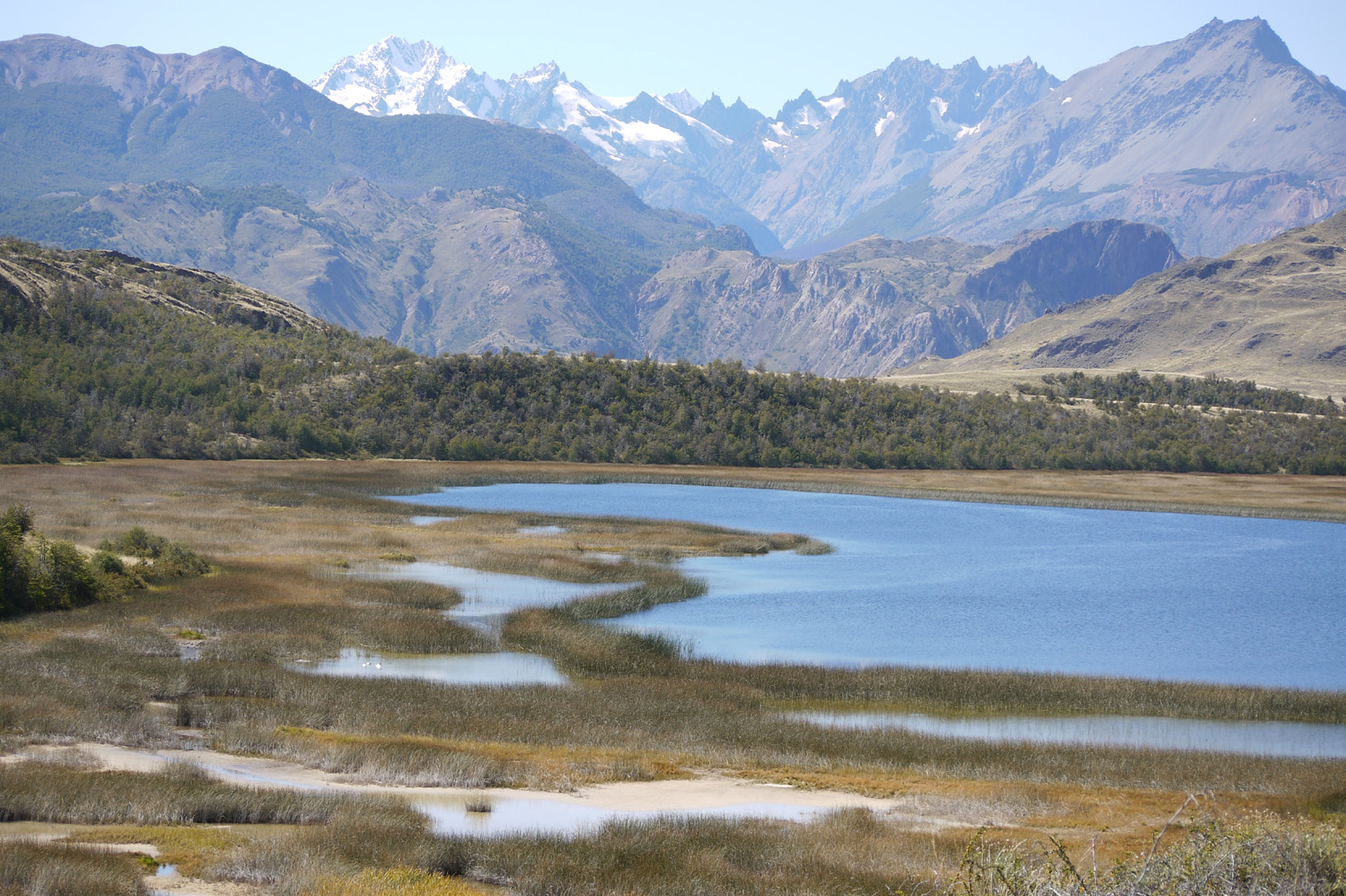



A Jewish state, a dumping ground for US nuclear waste, and a corridor designed to finally allow the Argentines to invade Chile. These are a few of the accusations that the wildlands philanthropists Doug and Kris Tompkins have had to fend off during their more than 20-year, multimillion-dollar crusade to conserve vast tracks of the Patagonian wilderness. With more than 2.2 million acres already under their watch and scores of species encouraged back from the brink of extinction, Kris and Doug have continually proved the viability of their approach.
For Kris, and central to environmentalism more generally, the concept is simple: our relationship with the world is what makes us human. She has been unabashed in her closer affinity to the natural world than to the one of high heels and tailored suits. As a consequence, she has done what seemed most obvious to her: buy land directly for preservation.
After more than twenty years as an integral part of Patagonia’s rise into one of the world’s most successful ethical brands, Kris ditched the business attire, married Doug Tompkins, founder of her own biggest competitor North Face and Espirit in 1993, and launched a private crusade to preserve large portions of endangered wilderness. By this time, Patagonia, an area bigger than France but with less than five percent of its land subject to explicit conservation efforts, was under increasing pressure from sheep ranchers, oil drillers and insatiable hunters. The couple spent years exploring the almost hypnotic Patagonian landscape themselves on foot, skis, and waist high in water.
It was a natural fit. Twenty years on and the Tompkins have developed an extraordinarily unconventional real estate portfolio. Through various locally based foundations, they’ve bought, restored and opened the 726,000-acre Corcovado National Park in Chile and the 165,000-acre Monte León National Park in Argentina. Both are now owned by their respective national governments and in the years to come the Argentinian government will also be granted Iberá National Park in perpetuity (currently 341,000 acres with plans to expand to 1.85 million acres) and Chile will receive the 711,000-acre Pumalín National Park.
Still, it is the proposed Patagonia National Park that is currently taking up much of the Tompkins’ focus. Almost 10 years ago Kris’s Conservacion Patagonica foundation bought 192,000 acres in Chile’s Aysén region. The land, a portion of an historically thinly populated region, is a former sheep ranch situated between two existing Chilean national reserves, Jeinimeni and Tamango, and had been on the government’s wish list for more than 30 years. In return, Chile has elevated the status of all 460,000 acres to that of National Park, a political step to safeguard its future. It is exactly the kind of result that Tompkins has aimed for and a prime example of her private to public approach.
 A view of Kris and Doug Tompkins’ protected land.
A view of Kris and Doug Tompkins’ protected land.In the decade since acquiring the Patagonia National Park, they have pulled down fencing, built visitor centres, helped gauchos transition into park rangers, opened up hiking trails, helped provide local education, and created camping sites. The main thrust of the acquisition though has been giving the land a chance to breathe and recover. Some of the most obviously rewarding results have come in the form of flourishing plant life and once-again thriving local species. “We’re trying to think 100 and even 150 years down the road," Kris told Businessweek last year. "That’s really our goal—to have some of this remain just as they found it.”
For Tompkins and millions like her, the motivation has been the resounding acknowledgement that the ongoing loss of biodiversity is the greatest crisis our planet faces. The same group of people can relish the fact that biodiversity has become a perpetual growth industry.
Clearly not everyone can go out and buy half a million acres of pristine wildscape in the southern cone but people can (and do) pull together and protect the woods, meadows and rivers important to them. To date the US’ Land Trust Alliance, for example, boasts more than 1,700 members and has protected nearly 37 million acres nationwide.
While Tompkins is now a model for the type of work she’s quietly forged, the recognition has been somewhat slow locally. That narrative too seems to be shifting; recently, billionaire Chilean President Sebastián Piñera sought Tompkins’ advice before purchasing a national reserve on Chiloé Island. Progress.
Long live the wildlands.